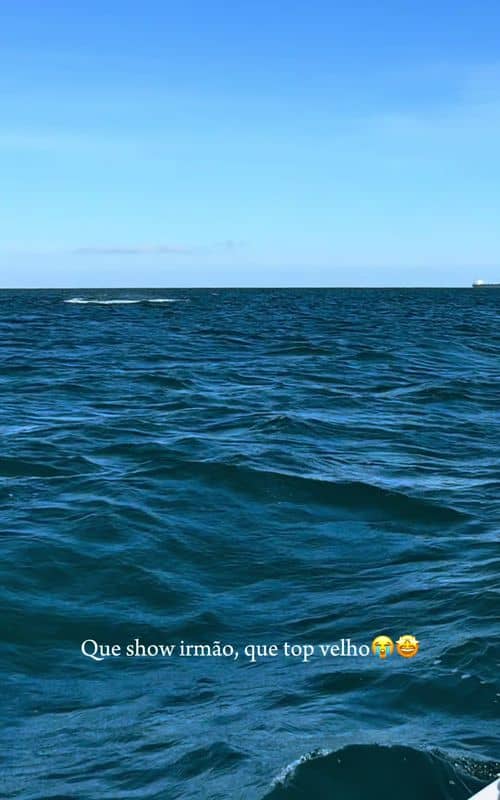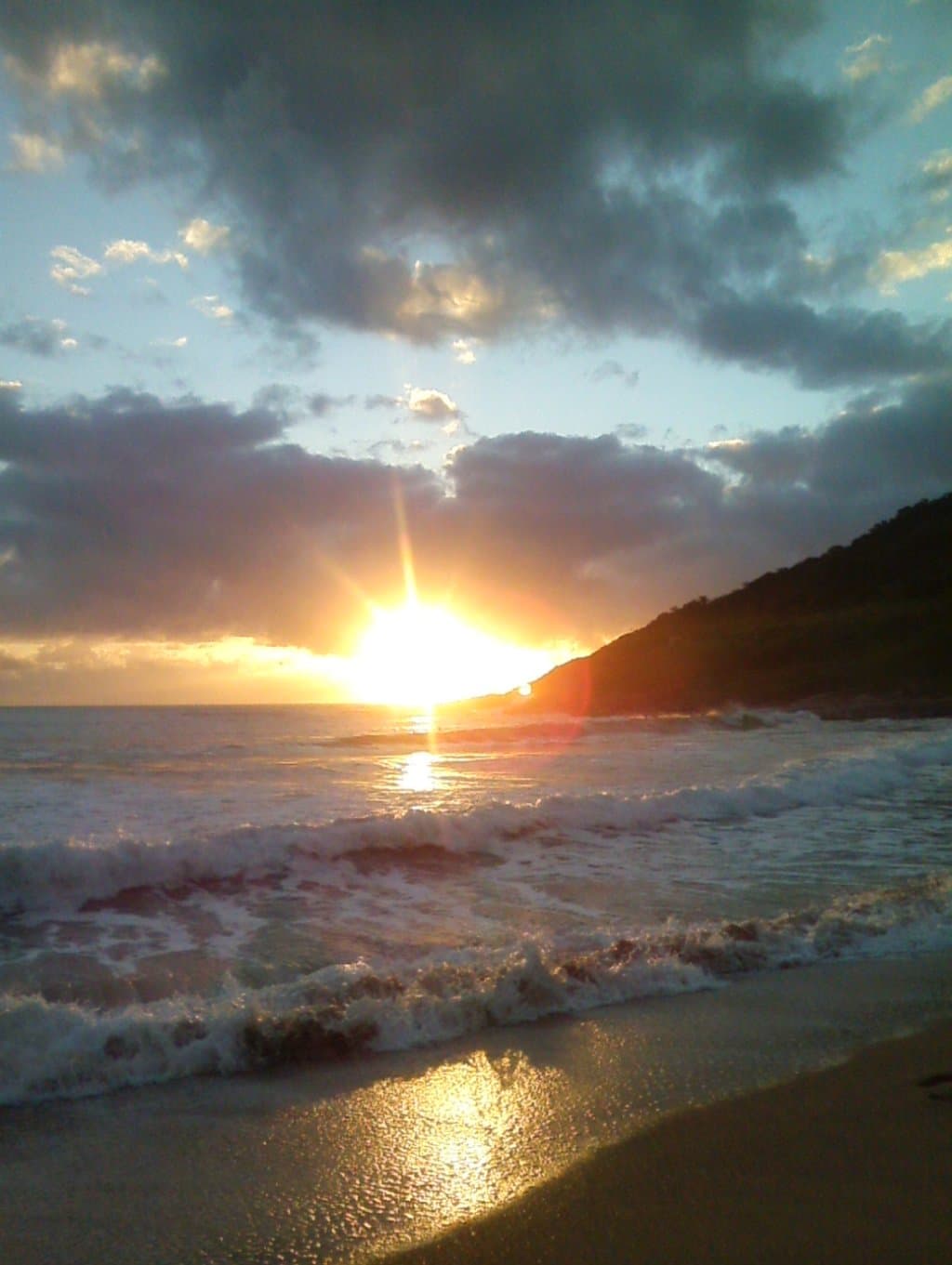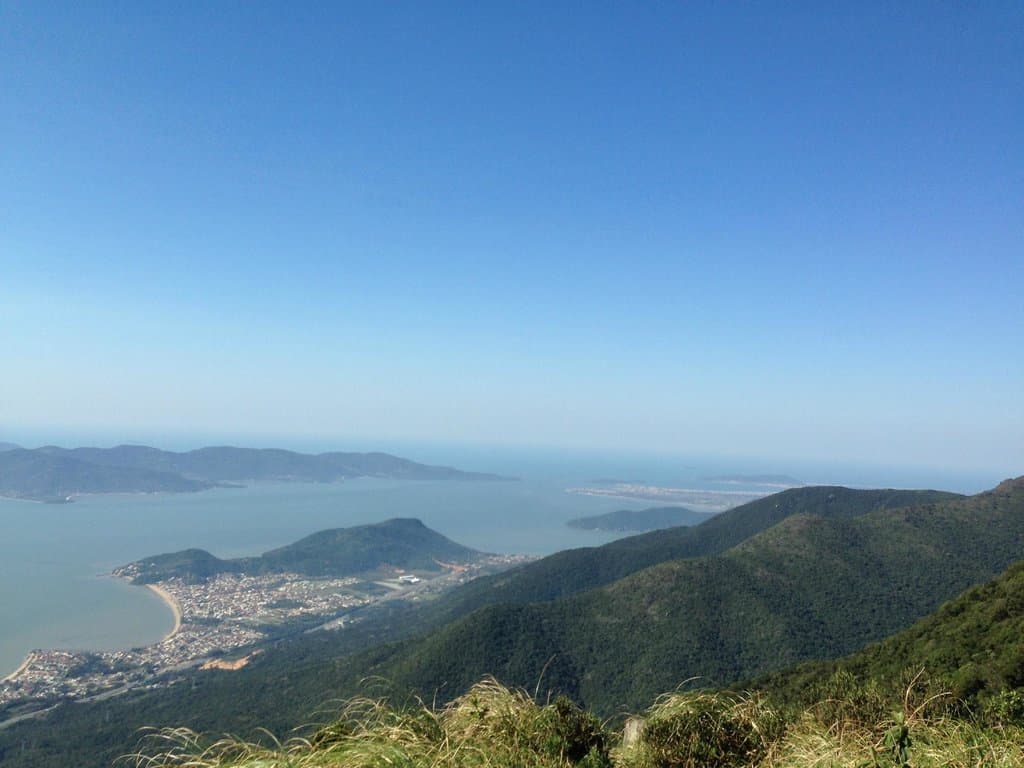Museu da Baleia Imbituba
Discover Imbituba's maritime history at the Museu da Baleia, from whaling past to conservation present. See whale skeletons & artifacts.
Highlights
Must-see attractions

Social
From TikTok & Reddit
Best Time
Peak whale watching season
Museu da Baleia Imbituba
Best Time
Peak whale watching season
Highlights
Must-see attractions
Discover Imbituba's maritime history at the Museu da Baleia, from whaling past to conservation present. See whale skeletons & artifacts.
"A moving journey through Imbituba's whaling history and its commitment to whale conservation."
Plan for an Emotional Visit
The museum's history can be confronting. Allow time for reflection and discussion. :thought_balloon:
Combine with Whale Watching
Visit during whale season (July-Nov) for a richer experience connecting exhibits to live sightings. :whale2:
Highlights
Discover the most iconic attractions and experiences
Whale Skeletons
Main Exhibition Hall
Marvel at the impressive skeletons of humpback and Southern Right Whales, offering a tangible connection to these magnificent marine giants.
Historical Whaling Artifacts
Historical Section
See original tools and instruments from Imbituba's whaling past, providing a stark contrast to today's conservation efforts.
Photographic and Artistic Depictions
Gallery Spaces
Explore powerful photographs and paintings that document the history of whaling and the beauty of marine life.
Plans like a pro.
Thinks like you
Planning Your Visit
Timing Your Visit for Whale Wonders
Understanding the Past, Protecting the Future
Best Times
Insider Tips
from TikTok, Instagram & Reddit
Plan for an Emotional Visit
The museum's history can be confronting. Allow time for reflection and discussion. :thought_balloon:
Combine with Whale Watching
Visit during whale season (July-Nov) for a richer experience connecting exhibits to live sightings. :whale2:
Check Reopening Status
The museum has undergone renovations. Confirm operating hours before your visit. :calendar:
Educational for All Ages
Great for families! Kids can learn about marine life and conservation. :child:
Tips
from all over the internet
Plan for an Emotional Visit
The museum's history can be confronting. Allow time for reflection and discussion. :thought_balloon:
Combine with Whale Watching
Visit during whale season (July-Nov) for a richer experience connecting exhibits to live sightings. :whale2:
Check Reopening Status
The museum has undergone renovations. Confirm operating hours before your visit. :calendar:
Educational for All Ages
Great for families! Kids can learn about marine life and conservation. :child:
Book Group Tours Ahead
Excursions and school groups need to schedule visits in advance. :school_satchel:
What Travellers Say
Reviews Summary
Visitors find the Museu da Baleia Imbituba to be a legally and historically significant site, offering a poignant look at the region's whaling past and its transformation into a center for marine conservation. While some find the historical exhibits confronting, the overall experience is considered valuable for understanding the local history and the importance of protecting whales. The staff are noted as friendly and helpful, and the exhibits are engaging.
"Top"
Luciany Pereira Soares
"Legal"
Jadson Silva
"Top"
Leandro Zanini
What People Like
What People Dislike
Frequently Asked Questions
🚇 🗺️ Getting There
The Museu da Baleia Imbituba is located in Imbituba, Santa Catarina. Visitors often arrive by car, as it's a popular destination along the coast. Public transportation options might be limited, so checking local bus schedules or considering ride-sharing services is advisable. Some visitors mention it's a bit off the beaten path from other main attractions, so planning your route is key.
While specific parking details can vary, most visitors find parking readily available near the museum, especially during off-peak hours. It's recommended to arrive a little early to secure a convenient spot.
Yes, the Museu da Baleia Imbituba can be a great addition to a day trip exploring the Imbituba region. It's often mentioned alongside other coastal attractions like Praia do Rosa.
🎫 🎫 Tickets & Entry
The museum is typically open from Tuesday to Saturday, from 9 AM to 5 PM. It is closed on Sundays, Mondays, and public holidays. It's always a good idea to confirm these hours before your visit, as they can sometimes change.
Admission prices can vary, and it's best to check the official museum website or their social media for the most current pricing. Many visitors find the entrance fee to be reasonable for the educational experience offered.
While not always mandatory for individual visitors, booking in advance is highly recommended, especially if you plan to visit during peak whale watching season or on weekends. For group tours and school excursions, advance booking is essential.
Information regarding accessibility can be limited online. It's advisable to contact the museum directly to inquire about specific facilities and accommodations for visitors with disabilities.
🎫 🧭 Onsite Experience
The museum features impressive whale skeletons, historical artifacts from the whaling era, and powerful photographs and paintings. It offers a comprehensive look at Imbituba's relationship with whales, from hunting to conservation.
Most visitors find that a visit to the Museu da Baleia Imbituba takes about 1 to 2 hours. This allows ample time to explore the exhibits and absorb the historical and educational content.
While not explicitly stated in all sources, the museum's focus on education suggests that guided tours might be available, especially for groups. It's best to inquire directly with the museum about tour options and schedules.
Generally, photography for personal use is permitted in most museums, but it's always wise to check for any specific restrictions on flash photography or certain exhibits.
The museum is located on a site that was historically used for whaling operations. Visitors can see remnants of the old structures, which adds a layer of poignant historical context to the exhibits.
🍽️ 🍽️ Food & Dining
The museum itself does not typically have a restaurant or cafe. However, Imbituba offers a variety of dining options, from local eateries to seafood restaurants, located a short drive away.
It's generally not permitted to consume food and drinks inside museum exhibition areas to protect the artifacts. There might be designated areas for breaks, but it's best to finish any snacks before entering.
📸 📸 Photography
The most striking photo opportunities include the large whale skeletons, the historical whaling equipment, and the evocative historical photographs. The exterior of the museum and its coastal setting can also offer scenic shots.
While personal photography is usually allowed, commercial photography or videography might require special permission. Always check with museum staff if you plan to create content for commercial purposes.
For Different Travelers
Tailored advice for your travel style
👨👩👧 Families with Kids
While the historical whaling exhibits might be a bit somber, they provide a valuable opportunity to discuss the importance of conservation and how human actions can impact the environment. The museum's location in Imbituba also allows for combining the visit with beach activities, making for a well-rounded family day out. Remember to check the museum's operating hours and consider booking group visits in advance if you're bringing a larger party.
📚 History Buffs & Environmental Enthusiasts
Beyond the historical context, the museum is a beacon for environmental education, highlighting the critical work of the Projeto Baleia Franca. Visitors gain insight into the challenges and successes of marine conservation efforts, particularly concerning the Southern Right Whale. It's an opportunity to understand the ongoing commitment to protecting these magnificent creatures and their habitat, making it a must-visit for anyone passionate about ocean preservation.
Deep Dives
In-depth insights and expert knowledge
The Transformation from Whaling to Conservation
This history, though difficult, has paved the way for a profound shift towards conservation. The museum, born from the 'Projeto Baleia Franca' (Southern Right Whale Project), now serves as a vital educational hub. It highlights the importance of protecting the Southern Right Whale, which migrates along the coast during specific months. The exhibits aim to educate visitors about the species' biology, behavior, and the threats they face, fostering a sense of responsibility and stewardship towards marine life.
This transition from exploitation to preservation is a central theme of the museum. By understanding the past, visitors are encouraged to actively participate in the future of marine conservation. The museum's existence is a symbol of Imbituba's commitment to protecting its natural heritage and ensuring that future generations can witness the majesty of whales in their natural habitat.
Experiencing the Exhibits: What to Expect
Beyond the skeletal remains, the museum delves into the history of whaling in the region. You'll find a collection of original tools, instruments, and artifacts used during the whaling era. These exhibits, alongside powerful historical photographs and paintings, offer a poignant and sometimes unsettling narrative of Imbituba's past. This contrast between the historical exploitation and the current conservation efforts is a key takeaway for many visitors.
The museum is designed to be both educational and engaging. It's a place where visitors can learn about the biology and behavior of whales, as well as the ongoing conservation initiatives. The exhibits are curated to provide a comprehensive understanding of the marine ecosystem and the importance of protecting it.


Social
from TikTok, Instagram & Reddit